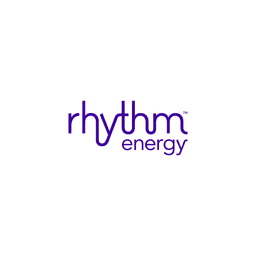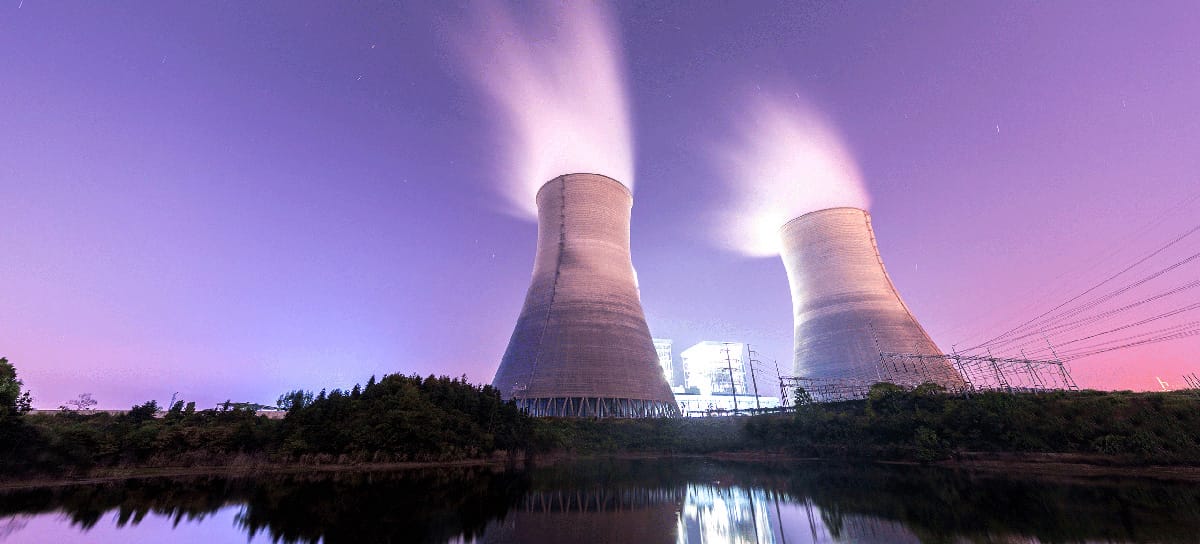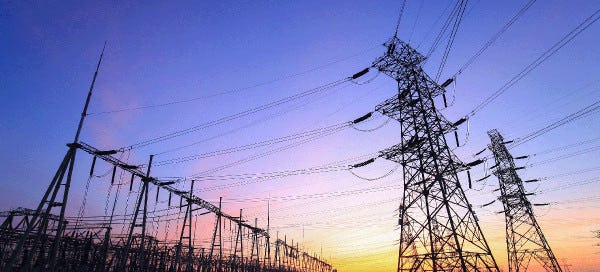Do you find yourself wondering, "what is nuclear energy?" When it comes to learning about the wonders of nuclear energy and its capabilities, you don’t have to split atoms. Let’s take a deeper look into one of the world’s most popular natural energy sources.
How does nuclear energy work?
It all starts with the splitting of atoms from uranium in a reactor, a process known as fission. This generates heat, which is mixed with water, which results in steam. This piping-hot steam spins a turbine that’s connected to a generator, producing electricity.
Because of the huge energy output capabilities and the minimal input necessary, nuclear power offers plenty of benefits as a means to generate electricity. A single uranium pellet (about the size of a pencil eraser) contains the same energy as a ton of coal, three barrels of oil, or 17,000 cubic feet of natural gas. And each pellet provides up to five years of heat for power production.*
Why is nuclear energy beneficial?
Nuclear energy is emissions-free, and at Rhythm, we’re big fans of that. It also doesn’t depend on anything but itself, so it provides stable input and predictable output and can create large-scale, around-the-clock power generation with little to no issues. Nuclear energy is a low-carbon source of electricity generation and one that can provide consistent baseload power. Some people think that nuclear energy can be a key contributor to a low-carbon future given its baseload quality.
What are some challenges with nuclear energy?
The key challenges with nuclear energy are twofold. First is that nuclear accidents can have catastrophic outcomes, with impact well beyond anything linked to wind and solar (in reality, nuclear power is historically much, much safer than fossil fuels but people just don’t fear coal miners dying as much as they fear nuclear meltdowns). Second, we do not have good solutions today for how to handle nuclear waste. The radioactive material produced from nuclear generation remains hazardous for thousands of years. Humanity’s best solution right now is to find a quiet place and bury this waste deep underground. In reality, no one likes the idea of radioactive material being buried in their state, so right now because of these political issues, in the US, radioactive waste is stored on-site, at nuclear power plants all around the country – creating a safety concern.
Are there any nuclear power plants in Texas?
Currently, there are two operating nuclear power plants in Texas—Comanche Peak near Dallas and South Texas Project just outside of Houston. Both became operational more than 20 years ago, and their outputs account for about 12% of the total generation produced in Texas.
Here’s how it stacks up to other energy sources:
Gas: 32%
Wind: 29%
Coal: 18%
Nuclear: 12%
Gas: 6%
Solar: 3%
As you can see, Texas residents are heavily investing in renewable energy options to reduce their carbon footprint and save money on their energy bills. That's why we offer renewable energy plans that are eco-friendly, simple, and seamless. If you're thinking about switching your Texas electricity provider to a renewable energy source, like wind turbines, we would love to help you find the best option for you. Contact our team today to learn more or get a quote online!




